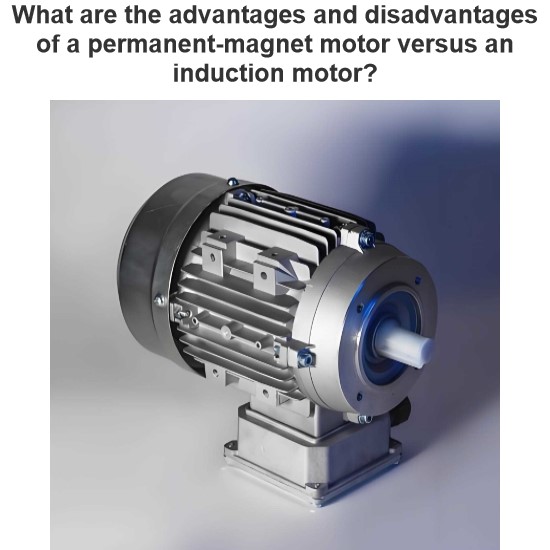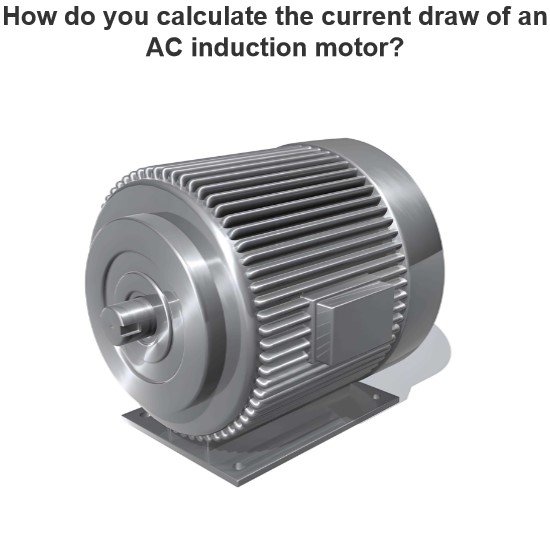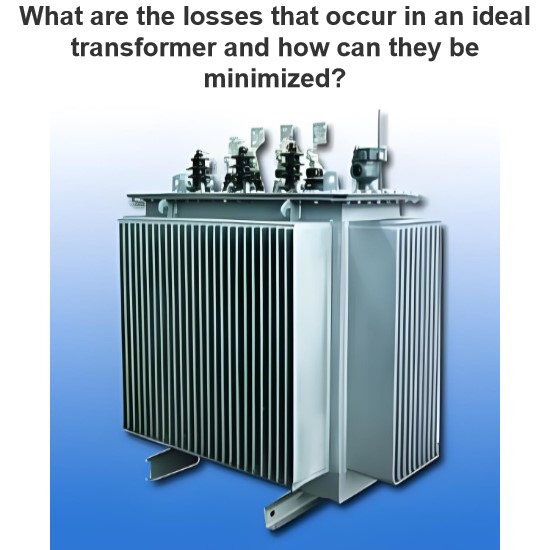What is the reason for not using two windings at far distances in transformers?
In transformer design, it is typically not advisable to use widely separated windings (i.e., primary and secondary windings with a significant physical distance between them). Here are the main reasons for avoiding widely separated windings:
1. Reduced Magnetic Coupling Efficiency
Magnetic Coupling: Transformers work on the principle of electromagnetic induction, where alternating current in the primary winding generates an alternating magnetic field, which induces a voltage in the secondary winding. If the distance between the primary and secondary windings is large, the magnetic field strength will significantly weaken, leading to poor magnetic coupling efficiency.
Leakage Flux: Widely separated windings result in more leakage flux, which is the portion of the magnetic field that fails to couple effectively with the secondary winding and instead dissipates into the surrounding environment, reducing the transformer's efficiency.
2. Increased Parasitic Capacitance
Parasitic Capacitance: When the distance between windings increases, the parasitic capacitance between the windings also increases. Parasitic capacitance creates unwanted current paths at high frequencies, leading to energy losses and interference.
Frequency Response: Parasitic capacitance affects the frequency response of the transformer, particularly in high-frequency applications, where increased parasitic capacitance can cause signal attenuation and distortion.
3. Increased Manufacturing Difficulty and Cost
Manufacturing Difficulty: Widely separated windings require more complex manufacturing processes, increasing production difficulty and cost.
Material Usage: Widely separated windings necessitate more insulating materials and support structures, increasing material costs and weight.
4. Increased Size and Weight
Size and Weight: Widely separated windings increase the overall size and weight of the transformer, making it less suitable for miniaturization and lightweight design.
Installation Space: Larger size and weight limit the installation space for the transformer, especially in compact devices.
5. Thermal Management Issues
Thermal Management: Widely separated windings can lead to uneven heat distribution, increasing the difficulty of thermal management. Localized overheating can affect the performance and lifespan of the transformer.
Cooling: Closely packed windings are easier to cool effectively using heat sinks or other cooling mechanisms.
6. Electromagnetic Interference
Electromagnetic Interference (EMI): Widely separated windings may generate stronger electromagnetic interference (EMI), affecting the proper operation of nearby electronic devices.
Shielding: Additional shielding measures may be required to reduce EMI, further increasing cost and complexity.
Summary
In transformer design, avoiding widely separated windings is essential to improve magnetic coupling efficiency, reduce leakage flux and parasitic capacitance, lower manufacturing difficulty and cost, minimize size and weight, enhance thermal management, and reduce electromagnetic interference. These factors collectively ensure the efficiency, reliability, and cost-effectiveness of the transformer.
The Electricity Encyclopedia is dedicated to accelerating the dissemination and application of electricity knowledge and adding impetus to the development and innovation of the electricity industry.



